
PROMO!
First order? Get 10% OFF with this code: 1storder
Written by

Have you ever wondered why some people find it so hard to stop addictive habits, even when they truly want to? It’s not just about willpower, it’s about chemistry. Deep within the brain, a powerful neuropeptide called orexin (also known as hypocretin) helps regulate wakefulness, motivation, and reward-seeking behaviors.
When this system becomes overactive, the brain’s craving circuits can intensify, making addictive behaviors more difficult to control. That’s where the idea of Orexin Addiction Therapy becomes fascinating.
By exploring how orexin influences reward pathways, scientists aim to understand whether targeting this peptide system could help manage the root of addiction-related impulses. While the findings so far are focused on laboratory settings, the results are intriguing enough to capture growing attention in addiction neuroscience.
Understanding how orexin operates within the brain provides the foundation for examining its potential role in addiction research.
Explore Orexin A Peptide from Peptide Works, a neuropeptide that supports research into wakefulness, motivation, and reward pathways involved in addiction and arousal regulation.
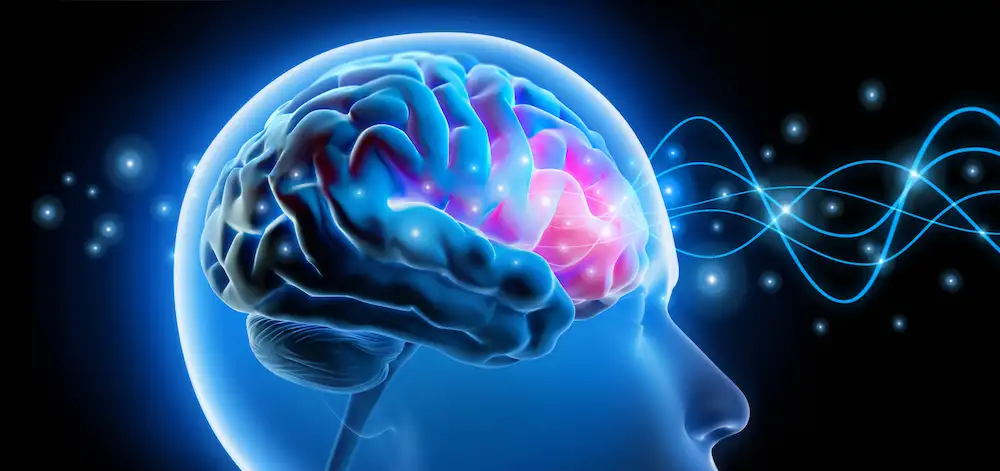
Orexin A acts as a link between the brain’s energy systems and its reward centers. It helps regulate alertness, motivation, and goal-driven behavior, which are also key components of addiction. Recent research on Orexin Addiction Therapy highlights that when addictive substances are introduced, orexin neurons become highly active and reinforce the motivation to seek the substance again.
Several studies suggest that orexin signaling interacts directly with dopamine, the chemical messenger that reinforces pleasure and reward. When this connection strengthens, the brain starts associating familiar cues with the expectation of reward.
Over time, this process can heighten craving intensity and reinforce addictive patterns. Because of these findings, Orexin Addiction Therapy is gaining attention as a promising focus in addiction neuroscience.
To better understand this link between orexin and reward-driven behavior, it helps to look more closely at the receptors that make this system work.
Orexin receptors are tiny switches in the brain that control how strong a craving feels. There are two types, OX1 and OX2, and both respond to the peptide orexin. When these receptors are active, they trigger signals that boost dopamine the chemical that makes rewards feel good. This reaction can make cravings feel urgent and hard to resist.
In Orexin Addiction Therapy, scientists look at ways to block these receptors using compounds called orexin receptor antagonists. Blocking the receptors can calm overactive dopamine circuits and reduce the link between stress, cues, and the urge to use again.
Early research and studies show that this approach might lower relapse risk by helping the brain balance its craving response more effectively.
This connection between orexin receptors and craving control naturally leads to another key question: how might receptor blockade affect relapse outcomes?
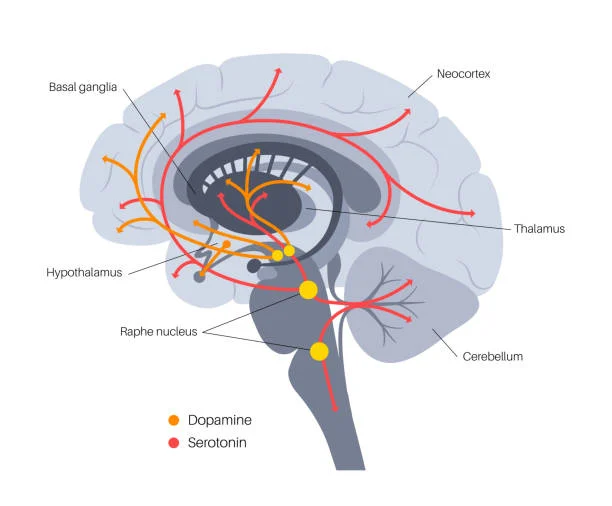
Orexin receptor blockade focuses on cutting the link between environmental triggers and relapse. During recovery, the brain can still respond to cues linked to past use, like certain smells or emotions. When orexin receptors stay active, those cues can restart old reward patterns.
Blocking these receptors may help weaken the brain’s memory of those triggers. This change could explain why some Orexin Addiction Therapy experiments show fewer relapse episodes after receptor modulation.
Recent studies highlight that antagonists targeting OX1 and OX2 receptors reduce stress-driven relapse in controlled animal models. Researchers believe this happens because receptor blockade limits orexin’s ability to heighten arousal and stress hormones which often spark relapse. By calming this neural response the therapy may help stabilize behavior and support long-term abstinence pathways.
Since stress often plays a major role in relapse, another important area of focus involves oxytocin a peptide known for its link to emotional regulation and stress control.
Oxytocin interacts with stress-related pathways in the brain that involve hormones such as cortisol. In preclinical environments, increased oxytocin activity has been observed to influence how stress signals are processed through the hypothalamic–pituitary–adrenal axis.
These findings suggest that oxytocin may play a role in regulating stress-linked responses that contribute to relapse-like behavior in controlled research models. Within the context of Orexin Addiction Therapy, oxytocin may serve as a complementary focus for studying peptide interactions.
While orexin pathways are primarily associated with craving and reward oxytocin’s influence appears connected to stress response mechanisms. Together, these peptides provide a framework for exploring how stress and motivation systems interact in addiction-related research.
As oxytocin and orexin appear to operate within related systems, understanding how they interact offers even deeper insight into addiction pathways.
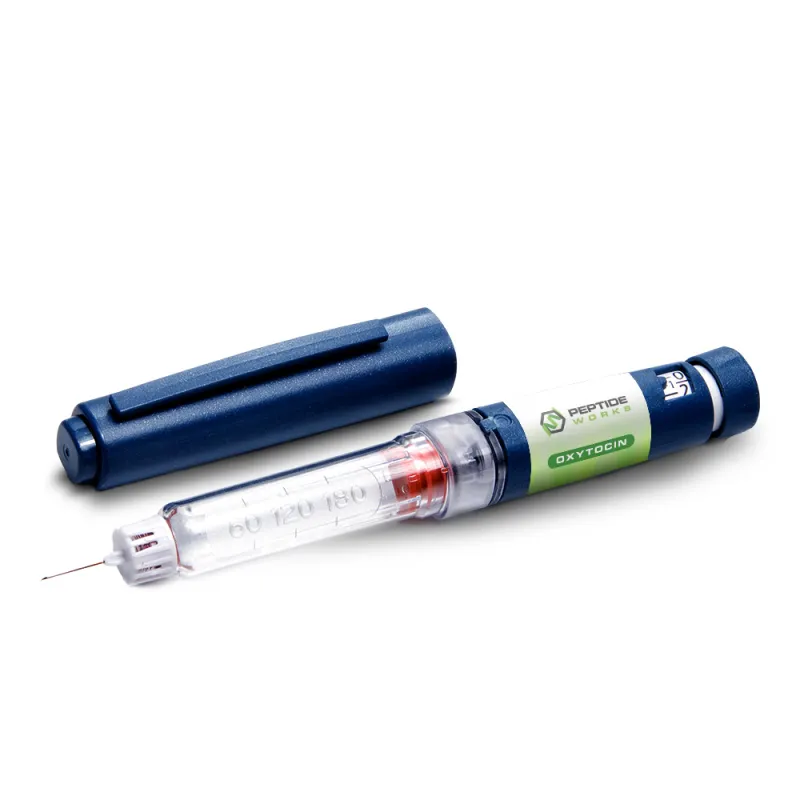
Oxytocin and orexin work in connected brain networks that control stress, reward, and motivation. Both peptides influence neural circuits in regions like the hypothalamus and amygdala, which are active during craving and relapse-related behaviors.
Recent research suggests that oxytocin may reduce the activity of orexin neurons under stressful or cue-driven conditions, which can alter how reward cues affect motivation. This interaction highlights how these peptides shape behavioral patterns linked to addiction in controlled models.
In Orexin Addiction Therapy, understanding oxytocin–orexin interaction helps build a broader picture of peptide regulation. While orexin drives arousal and craving, oxytocin may affect stress-linked signaling that modifies those responses. Studying their combined influence could guide future research into how multiple peptide systems coordinate addiction-related pathways.
While the growing body of data is promising, every field of study comes with challenges. Understanding its current limits is key to advancing peptide-based addiction research.
Explore Oxytocin Peptide from Peptide Works, a research peptide linked to emotional regulation, stress response, and social bonding mechanisms within addiction pathways.
Orexin Addiction Therapy is still a developing research focus, and several factors limit how results are interpreted. Most observations come from controlled animal models, where orexin pathways may not mirror human brain function.
Differences in receptor patterns, peptide stability, and environmental triggers can lead to varied outcomes across experiments. These challenges make it harder to predict how orexin modulation might behave under different research conditions.
Receptor selectivity adds another layer of complexity. Some compounds target both OX1 and OX2 receptors creating overlap that complicates data interpretation. The orexin system also interacts with dopamine and oxytocin influencing multiple signaling networks at once. Recognizing these limitations helps refine Orexin Addiction Therapy models and improve the accuracy of future peptide-based research.
Despite these limitations the rapid evolution of peptide technologies suggests exciting opportunities ahead.
The future of Orexin Addiction Therapy continues to expand as research techniques and peptide design advance. Scientists are exploring how orexin receptors influence craving, motivation, and stress in addiction-related models.
Improved peptide stability and receptor targeting may help reveal the deeper role of orexin pathways in regulating reward and behavior. Studies combining orexin and oxytocin peptides are also uncovering new insights into stress and emotional balance.
At Peptide Works, we provide premium-quality research peptides, including Orexin A peptide and Oxytocin peptide, supporting laboratories worldwide as they study the biological mechanisms behind addiction, energy, and motivation.
All products discussed are supplied for research purposes only and are not intended for human use.
[1] Matzeu A, Martin-Fardon R. Understanding the Role of Orexin Neuropeptides in Drug Addiction: Preclinical Studies and Translational Value. Front Behav Neurosci. 2022 Jan 20;15:787595.
[2] Esmaili-Shahzade-Ali-Akbari P, Ghaderi A, Sadeghi A, Nejat F, Mehramiz A. The Role of Orexin Receptor Antagonists in Inhibiting Drug Addiction: A Review Article. Addict Health. 2024 May;16(2):130-139.
[3] Takayanagi Y, Onaka T. Roles of Oxytocin in Stress Responses, Allostasis and Resilience. Int J Mol Sci. 2021 Dec 23;23(1):150.
[4] Giannotti G, Mottarlini F, Heinsbroek JA, Mandel MR, James MH, Peters J. Oxytocin and orexin systems bidirectionally regulate the ability of opioid cues to bias reward seeking. Transl Psychiatry. 2022 Oct 4;12(1):432.
ALL CONTENT AND PRODUCT INFORMATION AVAILABLE ON THIS WEBSITE IS FOR EDUCATIONAL PURPOSES ONLY.
DISCLAIMER: These products are intended solely as a research chemical only. This classification allows for their use only for research development and laboratory studies. The information available on our Peptide Works website: https://peptide-works.com/ is provided for educational purposes only. These products are not for human or animal use or consumption in any manner. Handling of these products should be limited to suitably qualified professionals. They are not to be classified as a drug, food, cosmetic, or medicinal product and must not be mislabelled or used as such.
Peptide Works
Related Articles
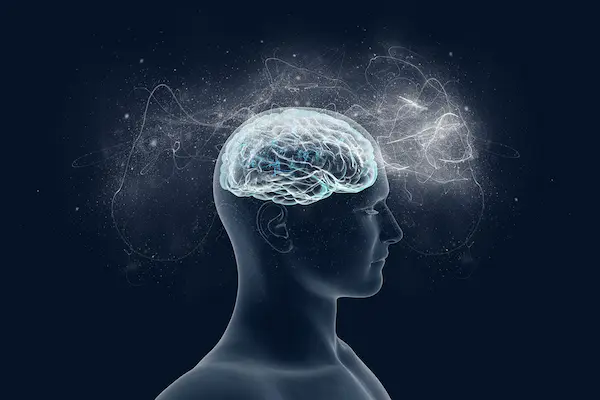
Can NAD Therapy Improve Cognitive Performance?
NAD Therapy is gaining attention in research for its possible role in brain health. NAD+ (nicotinamide adenine dinucleotide) is a

Enhancing Energy with NAD+ Supplements
Energy is the driving force behind focus, movement, and recovery. When cells have less energy to work with, the body
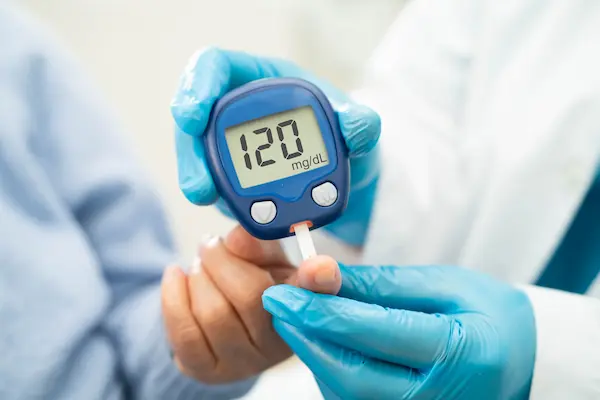
Regulating Blood Sugar Levels with Mots-C
Maintaining steady glucose supports sharp focus, constant energy, and leaner body-composition outcomes in laboratory settings. Among the emerging tools for